This is rich borsch by Vladimir Yaroslavsky, a judge on the Ukrainian culinary show Master Chef, which is broadcast on the STB channel.
Borsch from Yaroslavsky Chef differs from all other recipes in a rich broth that simply makes lips stick together.
With these ingredients, you get about 6 liters of borsch. Keep this in mind when cooking.
Directions
0/0 steps made- For several hours, cook a rich broth on beef ribs. Add the onion, black pepper, allspice, and salt. Cook slowly, like jellied meat, until the ribs are tender. This broth makes the lips stick together.
- Cut all vegetables into semi-strips.
- Fry vegetables in olive or sunflower oil. Add to the pan in turn, at small intervals: carrots, onions, celery stalks, and bell peppers. Fry everything slowly until the vegetables are browned completely.
- Pelati tomatoes (in their juice without skin) are ground into a homogeneous mass.
- Heat a saucepan with oil, and quickly fry the beets for 10-15 seconds. Add apple cider vinegar. Fry the beets a little more and add the tomatoes.
- Cook until the beets are soft on the outside but still crispy on the inside, i.e., al dente. This way, we will save the color of the borsch.
- Put 1.5 tablespoons of sugar, 1 tablespoon of salt, chopped allspice and black peppers, bay leaves, and Spanish smoked pimenton paprika in the finished broth. Bring to a boil.
- Add beets with tomatoes. Throw in the cabbage immediately. Bring to a boil and remove from the stove. Add chopped garlic with a small number of onions and bacon. It is ideal to grind in a blender.
- Leave it to brew for 15 minutes.
- Boil potatoes and beans separately. Add to the borsch when serving. Also, add a pieces of boiled ribs, parsley, and onion leeks.
Source: HB Life
Borscht (and rich borsch) Facts, Definition and Meaning by Britannica
Borscht, also spelled borsch, borsht, or bortsch, beet soup of the Slavic countries. Although borscht is important in Polish cuisine.
Ukraine is frequently cited as its place of origin.
Its name is thought to be derived from the Slavic word for the cow parsnip, or common hogweed (Heracleum sphondylium), or from a fermented beverage derived from that plant. The more palatable cultivated beet eventually replaced the wild cow parsnip as the basis of the soup.
Borschts are eaten hot or cold. Some are clear and light; others are thick and substantial.
Many recipes counterbalance the sweetness of the beets with the addition of kvass (also spelled kvas). The term kvass may refer to a sour, slightly alcoholic beer made from bread or to a concoction of fermented beets; both are used. Vinegar, lemon juice, or citric acid can be added to achieve a similar effect.
Ukrainian borscht is a hearty soup of beef and a variety of vegetables in which root vegetables and cabbage predominate, and the soup takes its characteristic deep red colour from beets.
The soup is often eaten with a sour cream garnish and with pirozhki, turnovers filled with beef and onions. A meatless beet soup is made with a stock flavoured with forest mushrooms; this Polish version is served with tiny mushroom-filled dumplings, uszka.

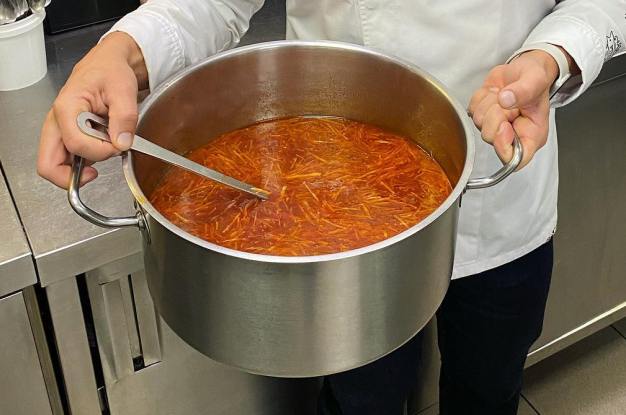
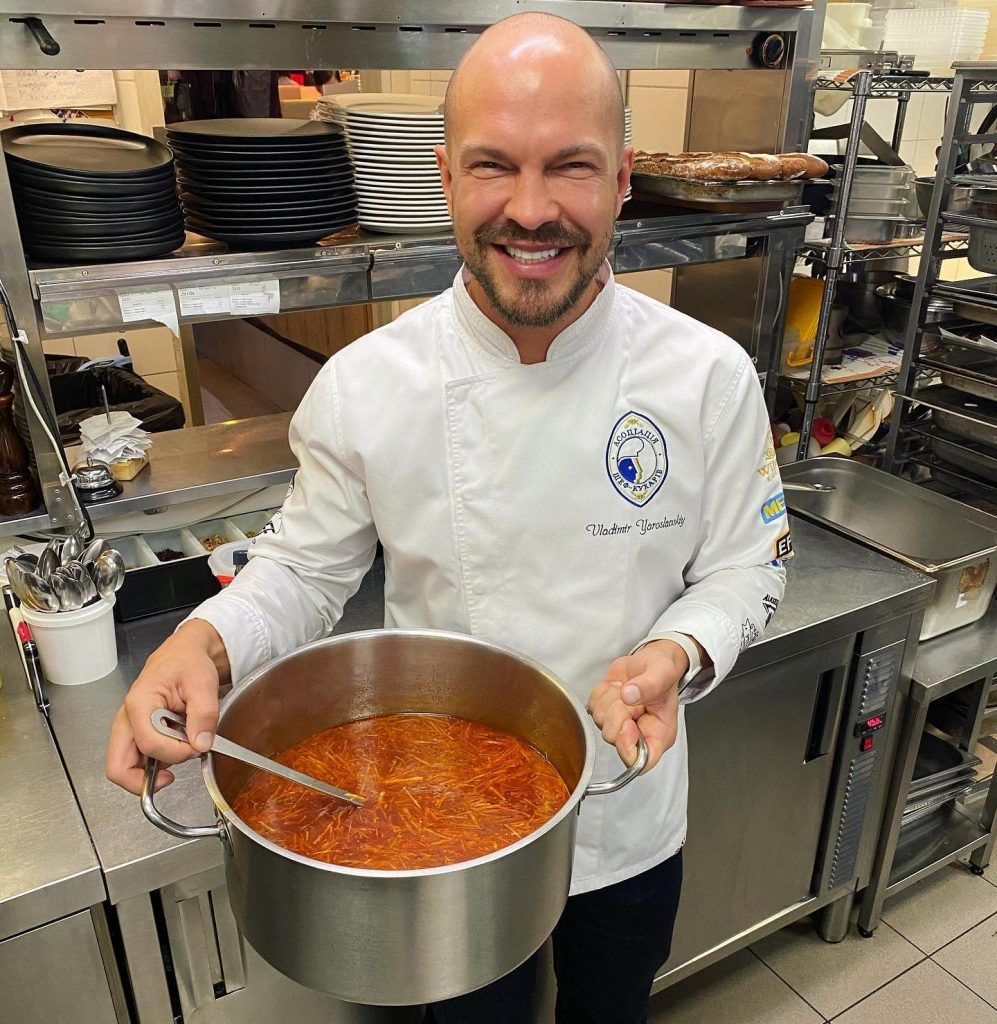
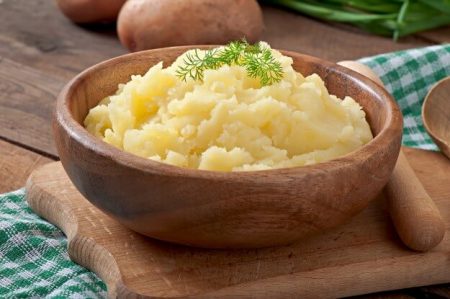
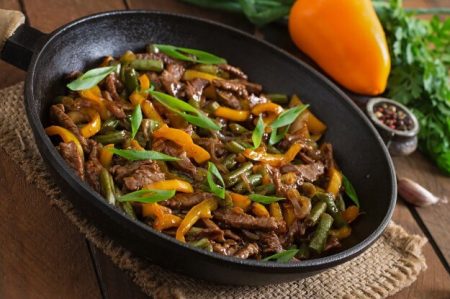
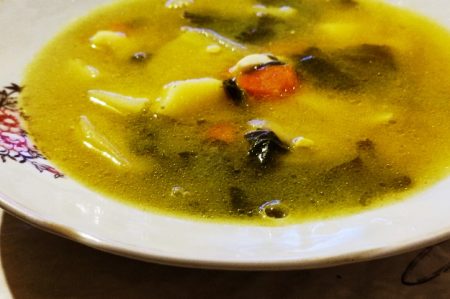
Recent comments